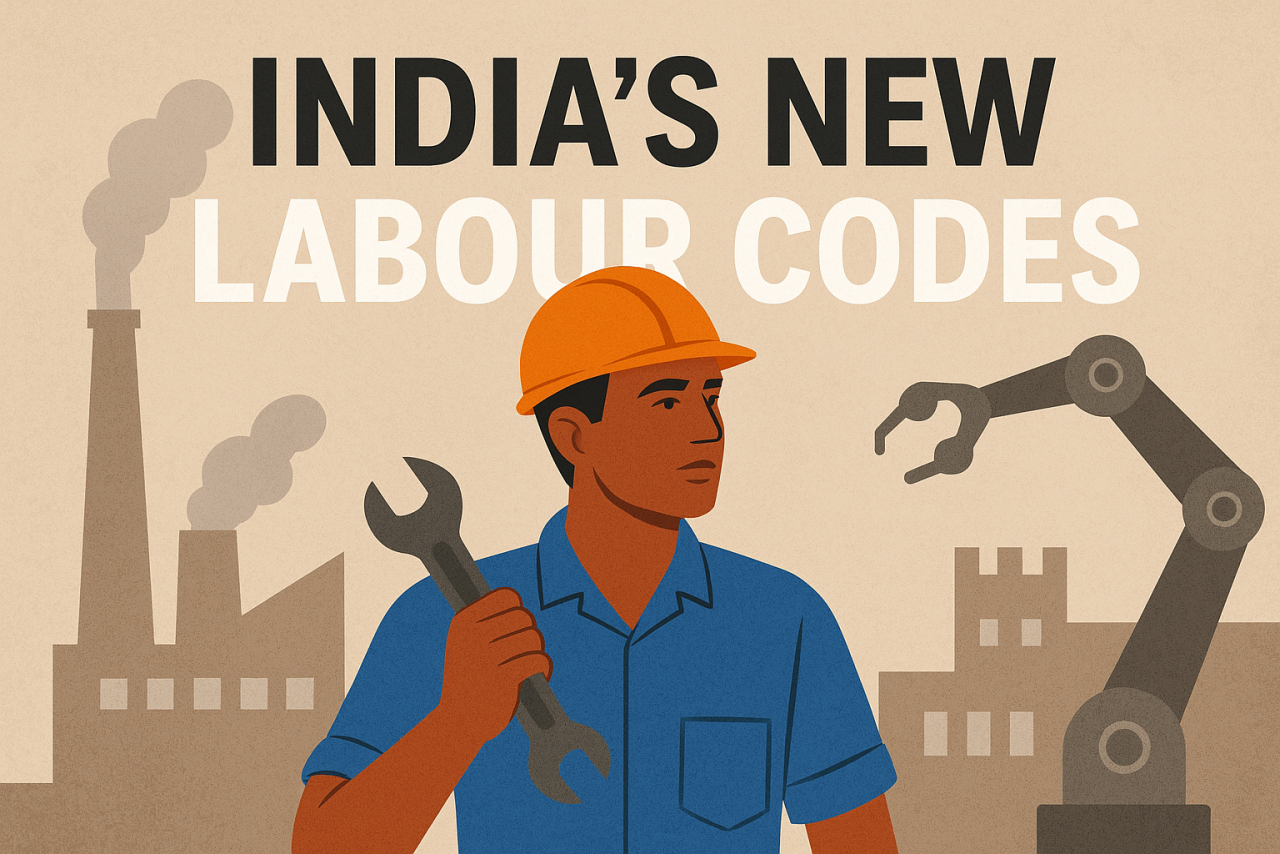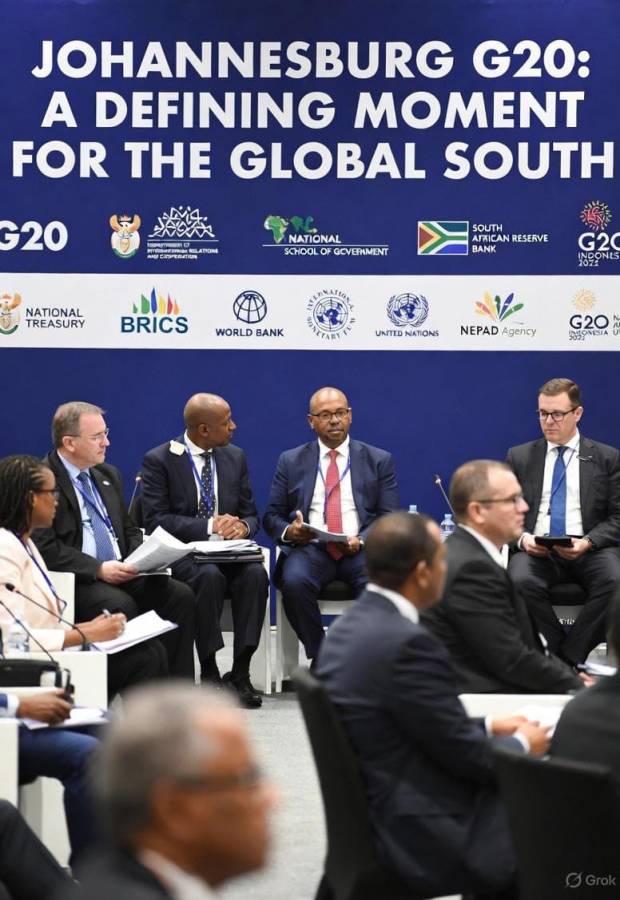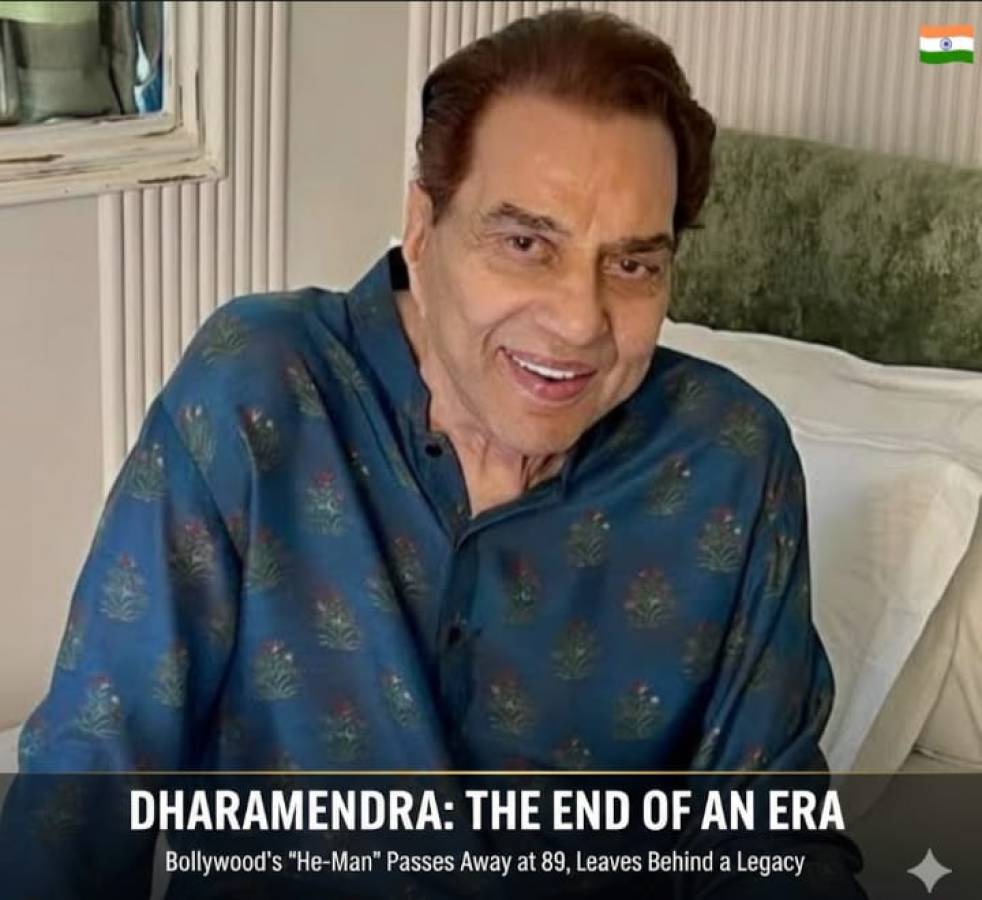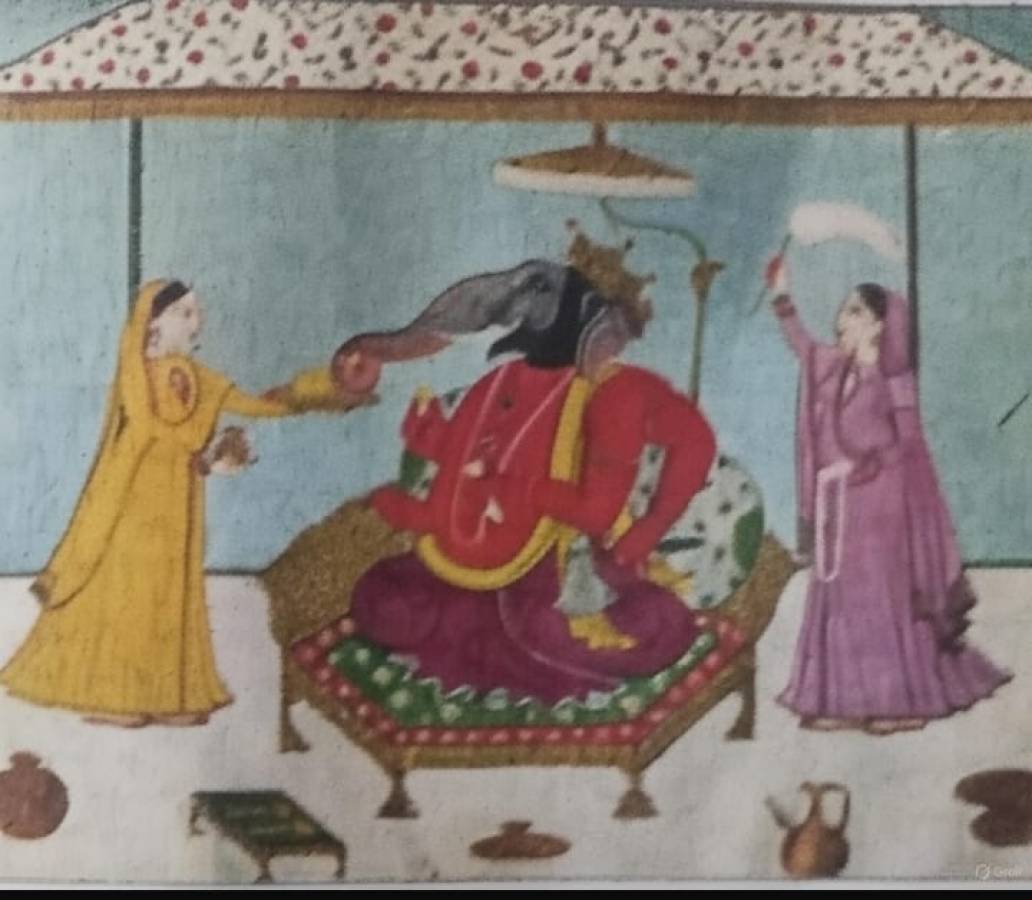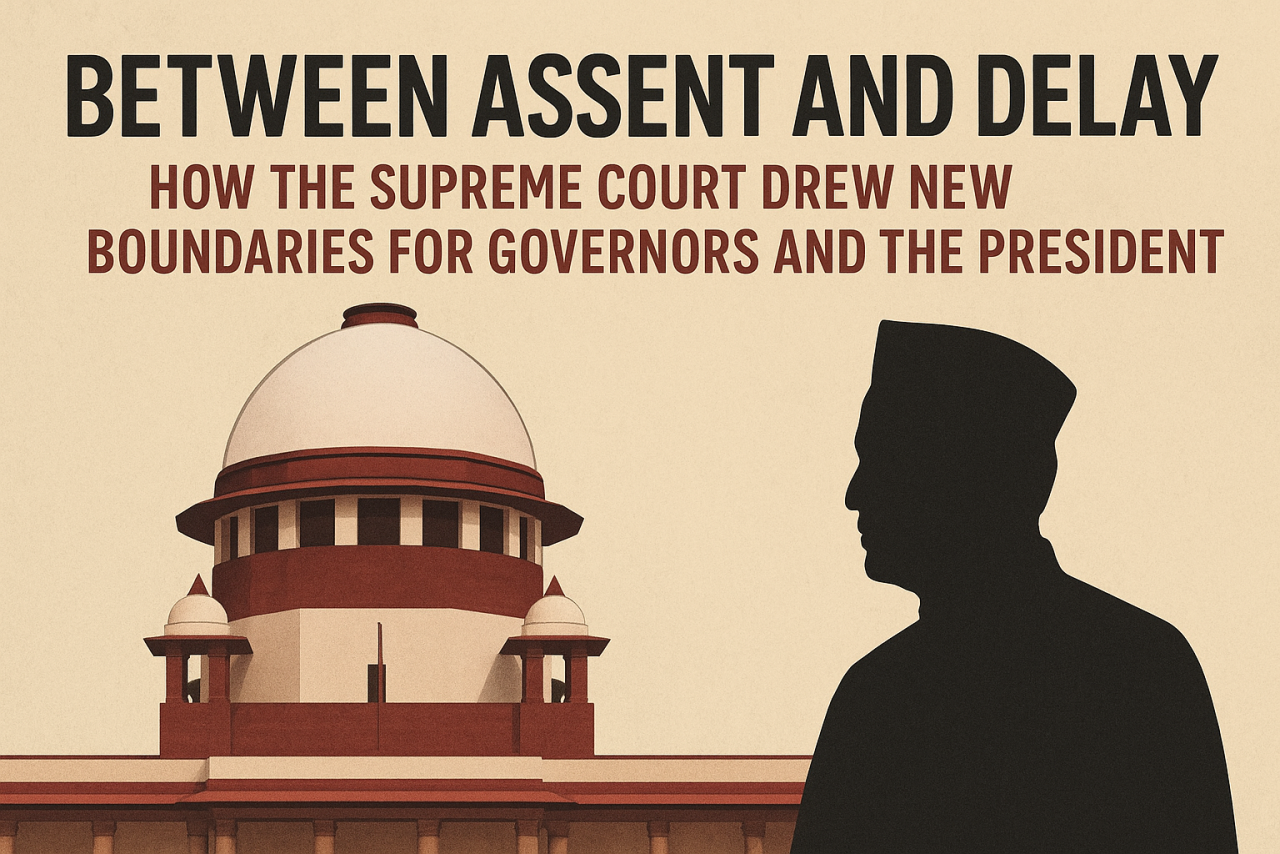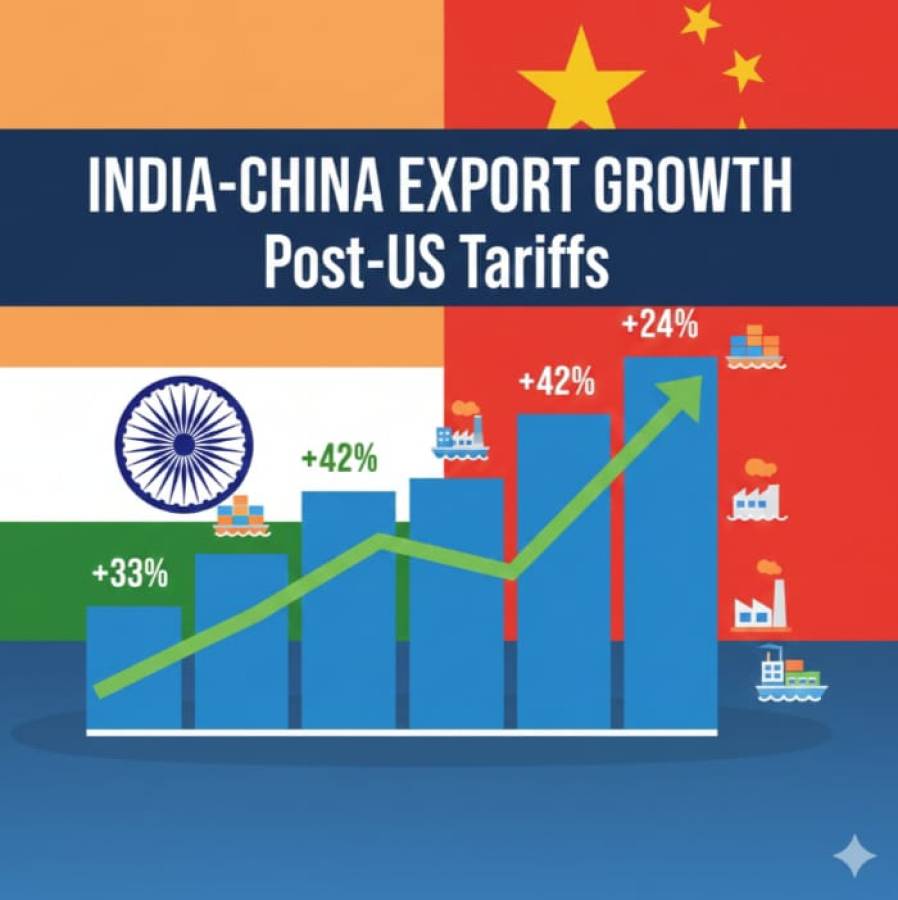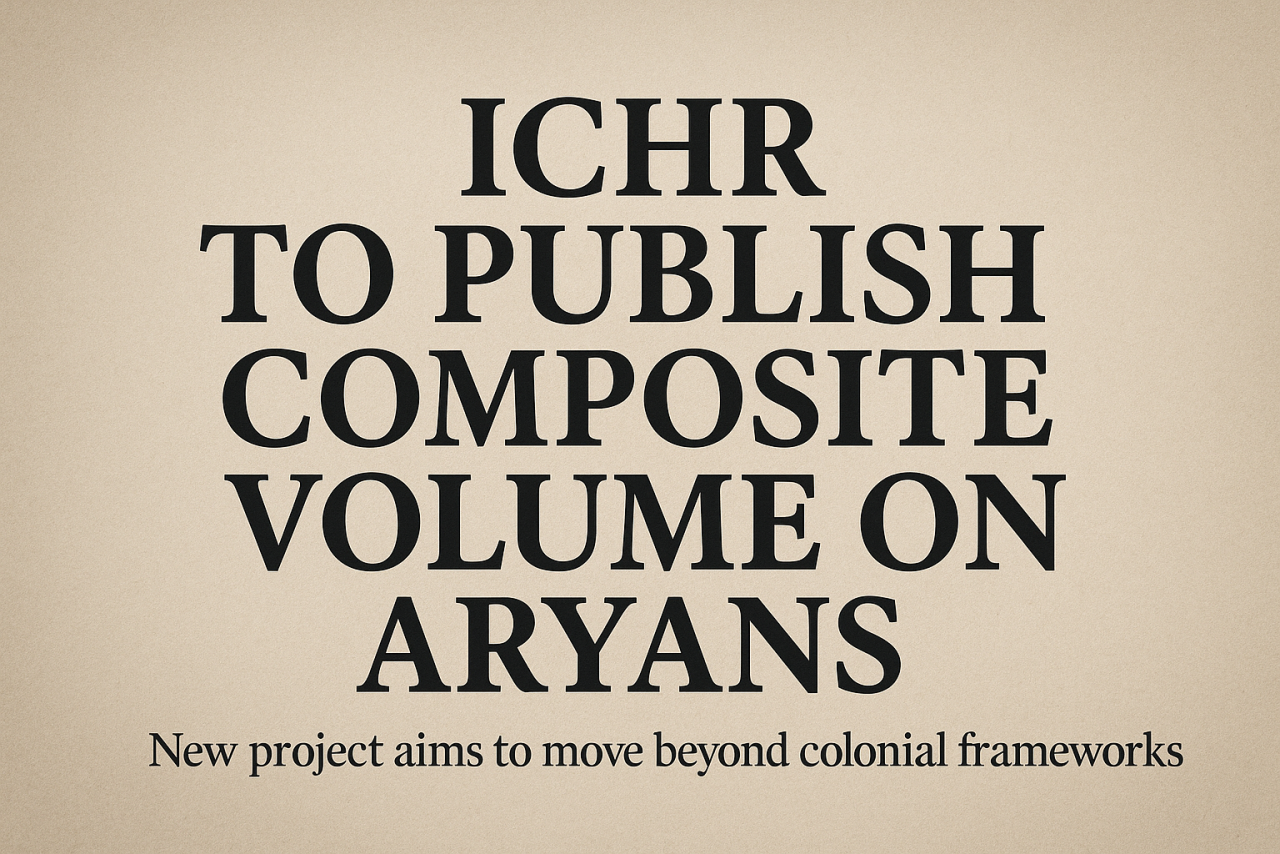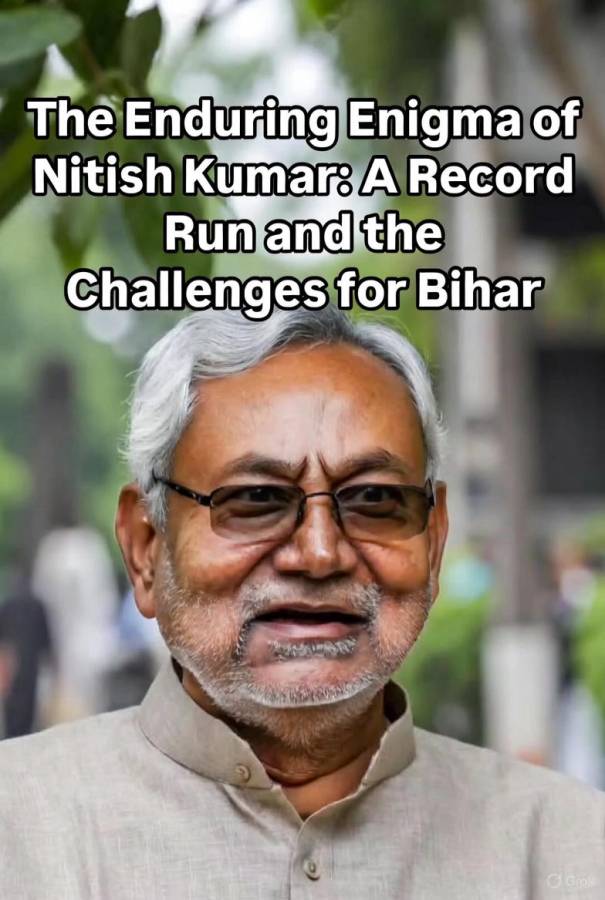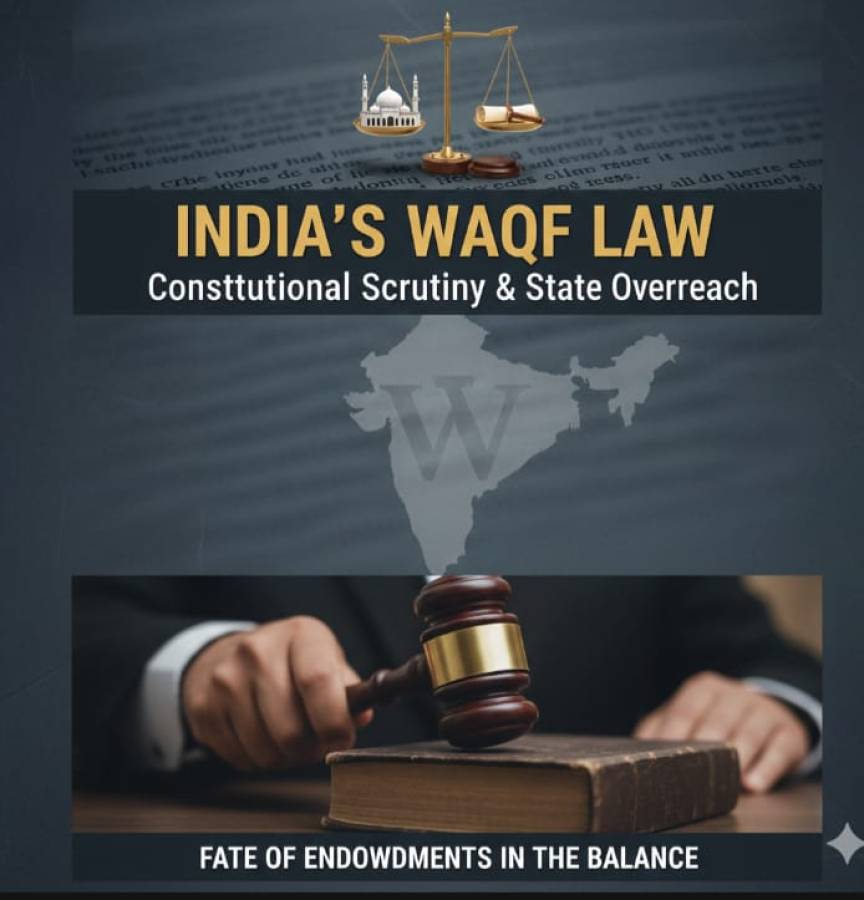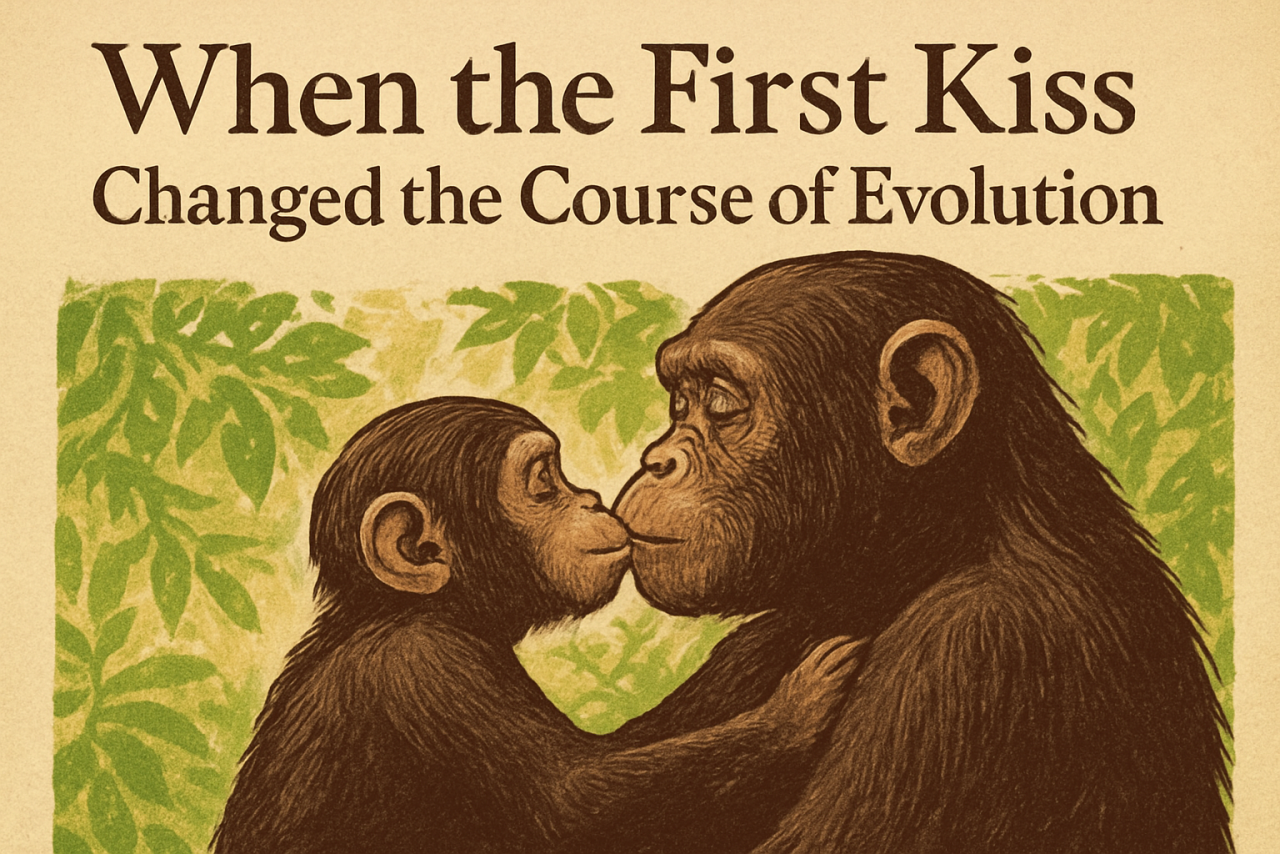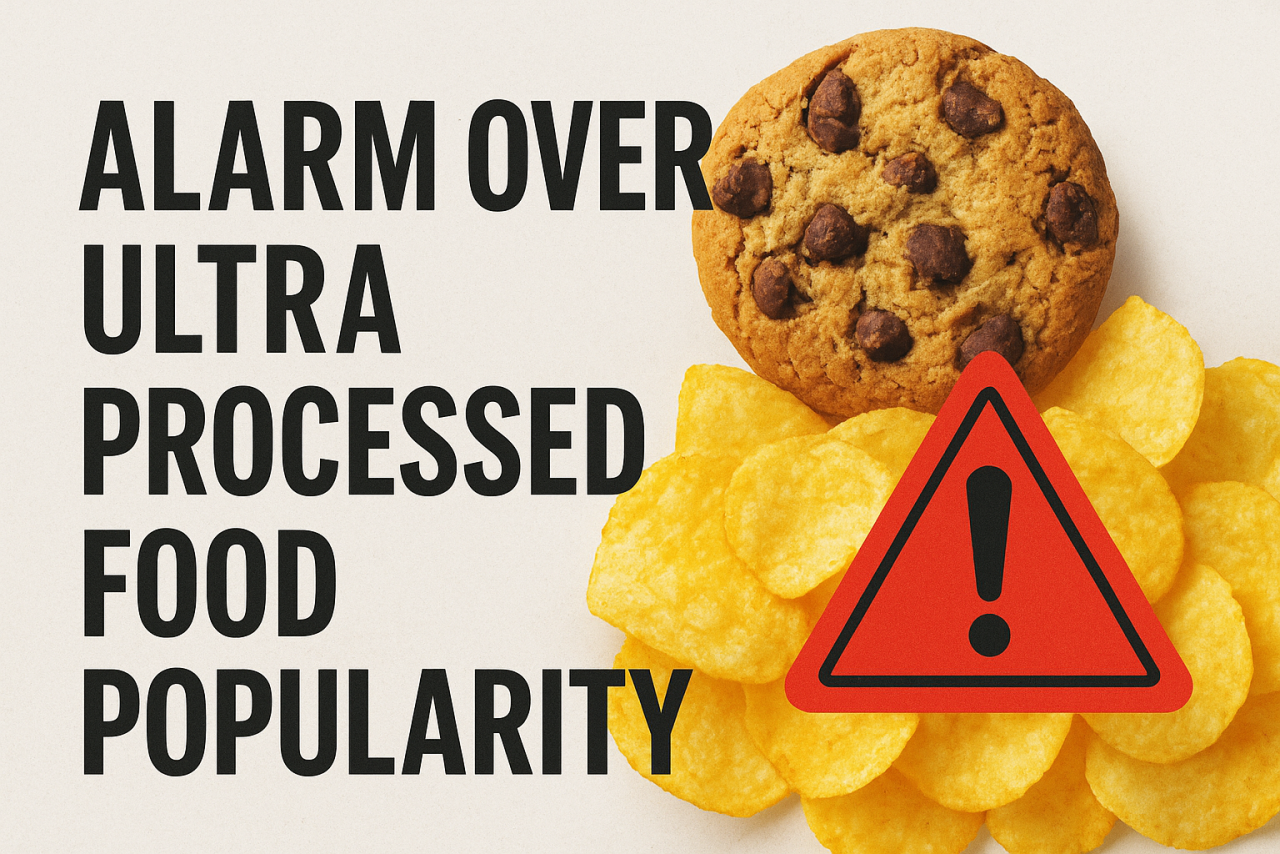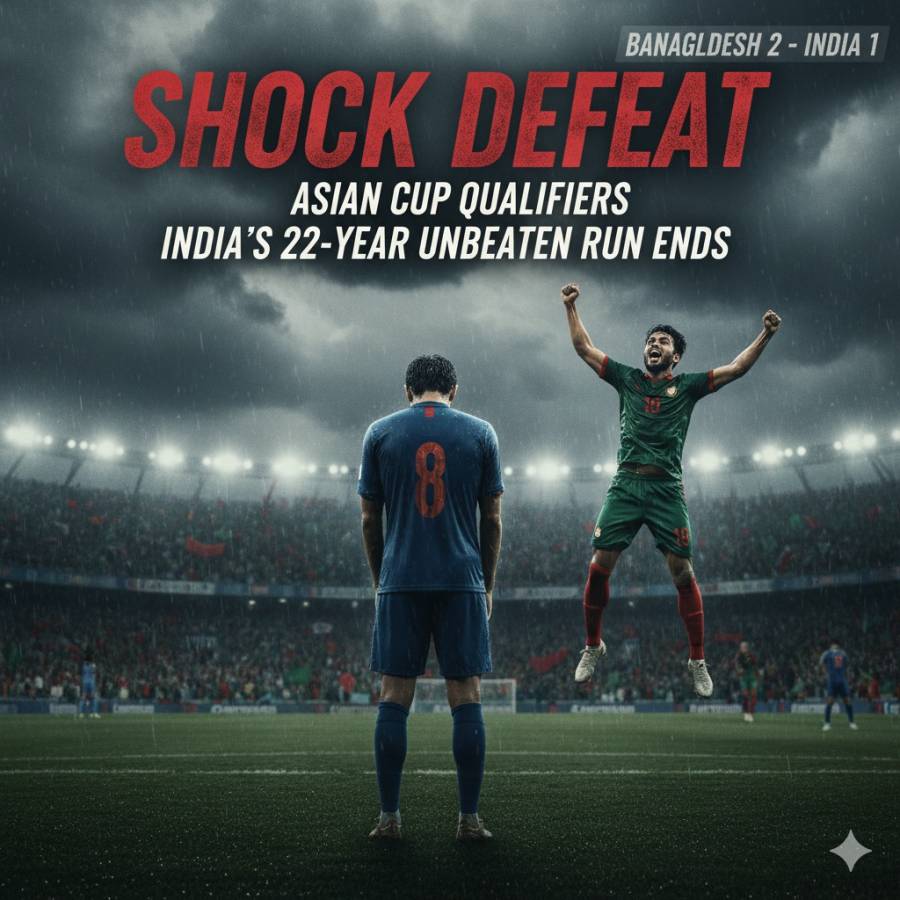
Divorce—a word that often elicits hushed tones and awkward glances—has undergone a radical transformation in its meaning and significance. In a country like India, where marriage has historically been revered as sacred and indissoluble, divorce represents both a legal and cultural shift. Today, it is not merely a dissolution of marriage but a silent revolution empowering individuals, especially women, to reclaim their agency. However, understanding the evolution and impact of divorce in India requires a closer look at the facts, figures, and societal dynamics shaping this phenomenon.
The Evolution of Divorce: A Historical Perspective
The roots of divorce can be traced back to ancient civilizations such as Babylon, where the Code of Hammurabi formalized it as a legal right. In contrast, ancient Indian society treated marriage as a sacrament (sanskar) that could not be undone. Scriptures like the Manu Smriti explicitly discouraged dissolution, emphasizing that marriage bonds were eternal. The lack of provisions for divorce was reflective of a patriarchal system where women’s autonomy was severely restricted.
The first formal recognition of divorce in Indian society came during British colonial rule. The Indian Divorce Act of 1869 allowed Christians to seek divorce under limited conditions like adultery or cruelty. For Hindus and Muslims, personal laws continued to govern marital disputes, with few avenues for legal separation. The turning point arrived post-independence, with the enactment of the Hindu Marriage Act of 1955, which provided grounds for divorce such as desertion, cruelty, and irretrievable breakdown.
Facts and Figures: The Rise of Divorce in India
While India still has one of the lowest divorce rates globally—around 1%, according to the Census 2011—this figure conceals a complex reality. Divorce rates in urban areas are steadily rising. For instance:
- In Mumbai, one in 100 marriages ends in divorce, while in Bengaluru, the figure rises to 13 in 1,000 marriages, according to the National Crime Records Bureau (NCRB).
- Family courts in metro cities like Delhi and Kolkata report a 30-40% increase in divorce petitions over the past two decades.
- Women now initiate approximately 70% of divorce cases, reflecting changing gender dynamics and growing awareness of rights.
In contrast, rural India still grapples with the stigma of divorce, where women face ostracization, economic hardship, and limited legal recourse.
Divorce as Empowerment: The Changing Role of Women
For centuries, women endured abusive or neglectful marriages due to societal expectations and economic dependence. Divorce, once an unthinkable act, now represents a form of empowerment. The ability to leave an unhealthy marriage is a testament to the progress made in gender equality.
Economic Independence:
Women entering the workforce has been a game-changer. A report by the National Sample Survey Office (NSSO) in 2020 highlighted that 22% of urban working women are financially independent enough to seek divorce without fearing economic ruin.
Legal Reforms:
The Protection of Women from Domestic Violence Act of 2005 and amendments to the Hindu Succession Act have bolstered women’s rights, ensuring they can seek divorce with legal safeguards for alimony and child custody.
However, challenges persist. A study by the Indian Journal of Family Welfare revealed that 60% of divorced women still face difficulties in securing adequate financial support, with many courts awarding insufficient alimony.
The Social Impact of Divorce: Breaking the Stigma
As divorce rates rise, so too does its normalization—particularly in urban India. Millennials and Gen Z, in particular, are more likely to view marriage as a partnership of equals rather than a societal obligation. A survey by YouGov India in 2023 found that 68% of urban youth believe divorce is preferable to staying in an unhappy marriage.
This shift in mindset has reshaped societal attitudes in several ways:
- Marital Expectations: Couples now prioritize compatibility and mutual respect, with many delaying marriage until their late 20s or 30s.
- Parenting Dynamics: Divorce has led to a rise in co-parenting arrangements, with courts increasingly granting joint custody.
- Mental Health Awareness: Organizations like the Indian Psychiatric Society report a 25% increase in counseling services for divorced individuals, reflecting a growing emphasis on emotional well-being.
However, the stigma surrounding divorce remains significant in smaller towns and rural areas, where societal judgment often disproportionately affects women. Single mothers, in particular, face challenges in remarrying or securing stable employment.
The Other Side of the Coin: Economic and Emotional Costs
While divorce can be empowering, it is not without its costs. Financially, divorce often leaves women—especially homemakers—at a disadvantage. A report by ActionAid India highlighted that 48% of divorced women face difficulties securing employment post-divorce.
Children are also profoundly affected. Studies by the National Institute of Mental Health and Neurosciences (NIMHANS) indicate that children of divorced parents are more likely to experience anxiety, depression, and academic challenges.
A Balanced Perspective: Toward a Progressive Society
Divorce is more than a legal remedy; it is a reflection of a society in flux, balancing tradition and modernity. While it has provided a lifeline for many trapped in unhappy marriages, it also underscores the need for better support systems. Policies ensuring financial security, emotional counseling, and social acceptance are crucial to minimizing the negative impacts of divorce.
In the words of American novelist Anne Lamott, “Hope begins in the dark, the stubborn hope that if you just show up and try to do the right thing, the dawn will come.” Divorce, though painful, often marks the beginning of a new chapter—a step toward a brighter, more fulfilling future.
As India continues to redefine its cultural landscape, divorce will remain a litmus test for its progress. By embracing it as a tool of empowerment rather than a failure of tradition, society can ensure that every individual has the right to pursue happiness, dignity, and self-respect.
Finally, divorce is not the end of the story; it’s the beginning of a new one. What do you think—is society ready to let go of its biases and support those who choose this path? Share your thoughts below!



